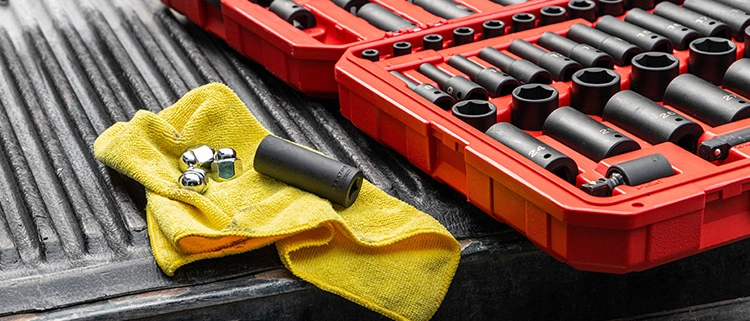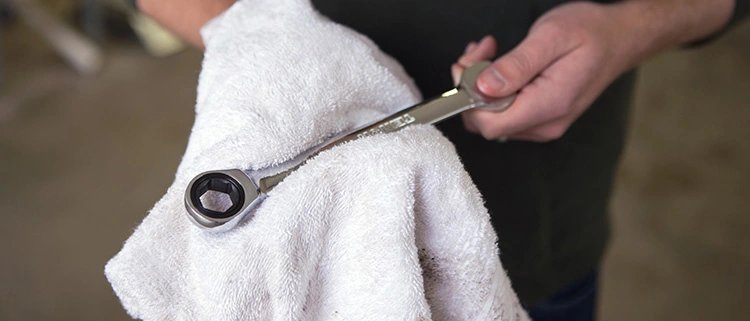Aaron: +86-18129983931
Max: +86-18922922459

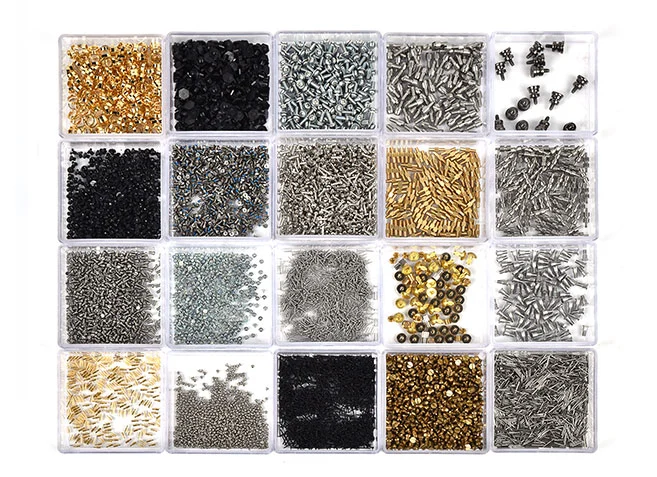 Micro Screws
Micro Screws
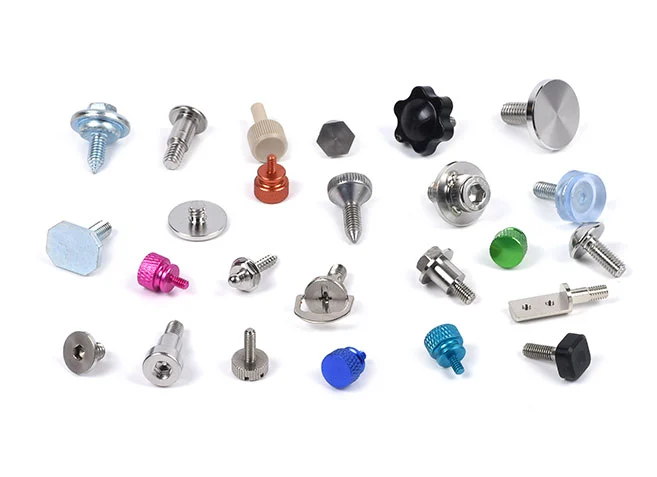 Big Head Screws
Big Head Screws
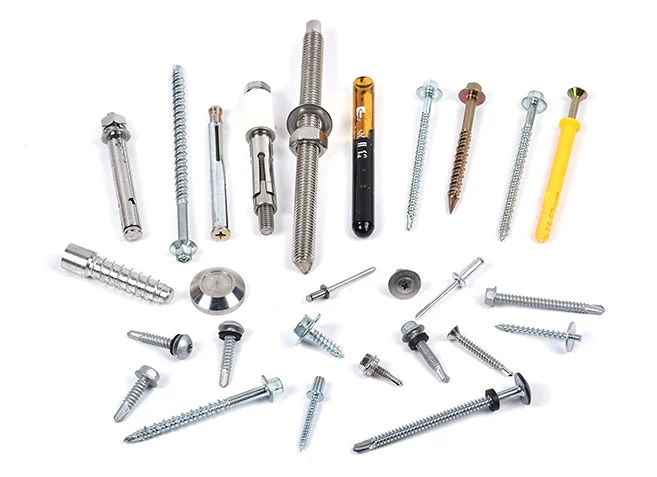 Construction Screws
Construction Screws
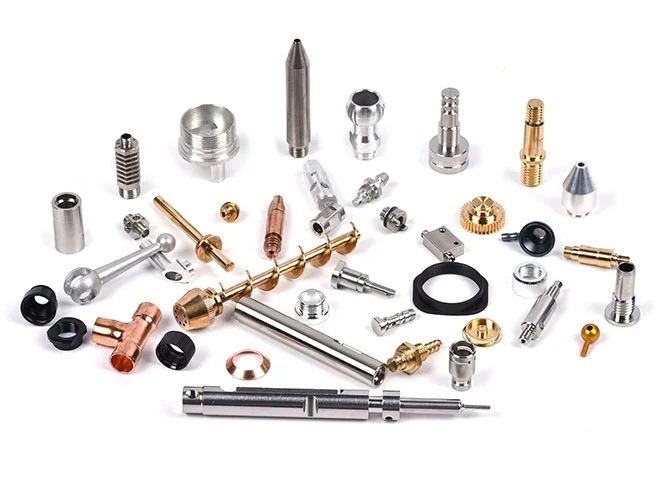 CNC Lathe Machining Parts
CNC Lathe Machining Parts
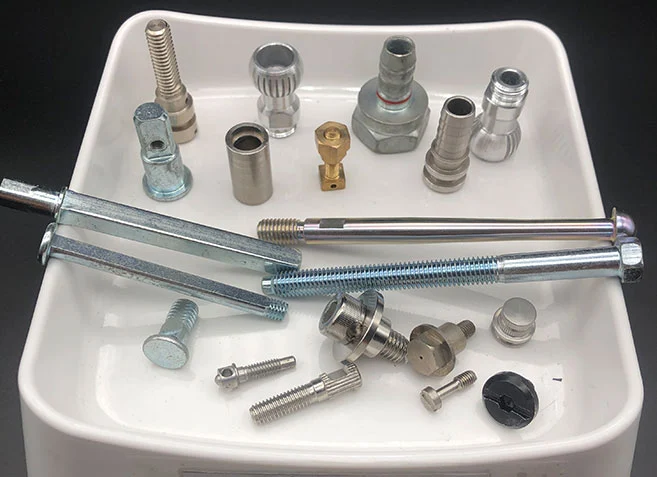 Cold Forged and Undergo Secondary Processing Products
Cold Forged and Undergo Secondary Processing Products
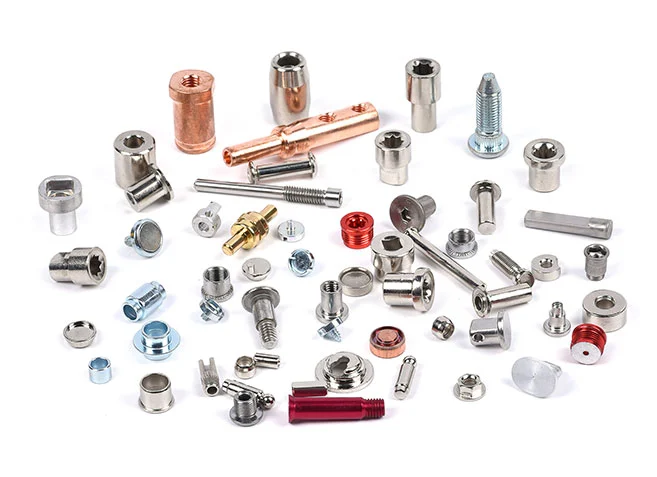 Multi Station Cold Heading Screws
Multi Station Cold Heading Screws
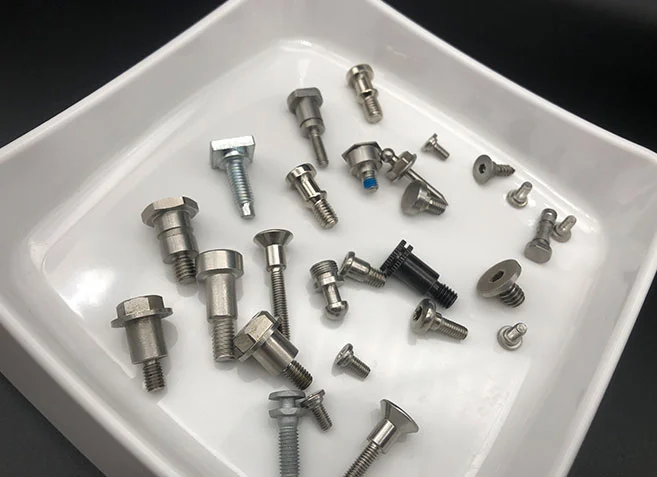 Step Screw
Step Screw
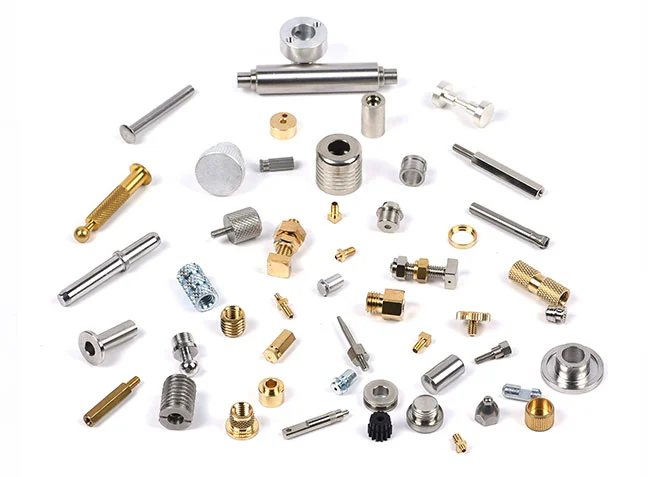 Automatic Lathe Machining Parts
Automatic Lathe Machining Parts
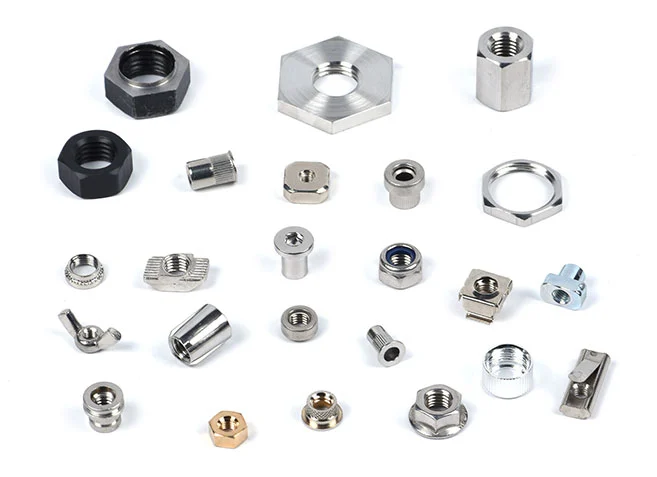 High Difficulty Challenge Cold Heading Fasteners
High Difficulty Challenge Cold Heading Fasteners
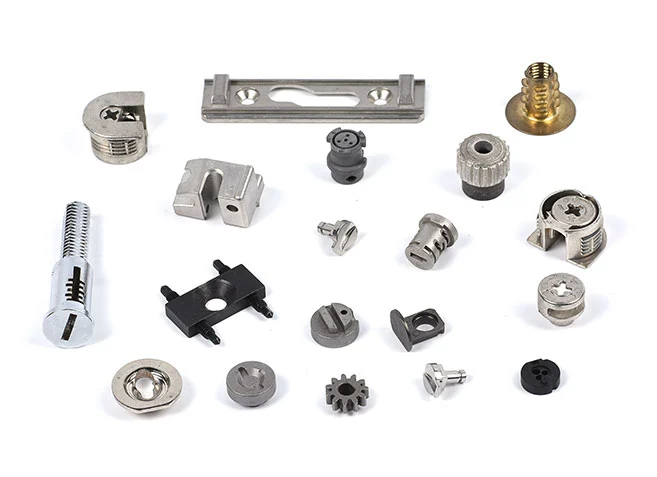 New Tech Fasteners
New Tech Fasteners
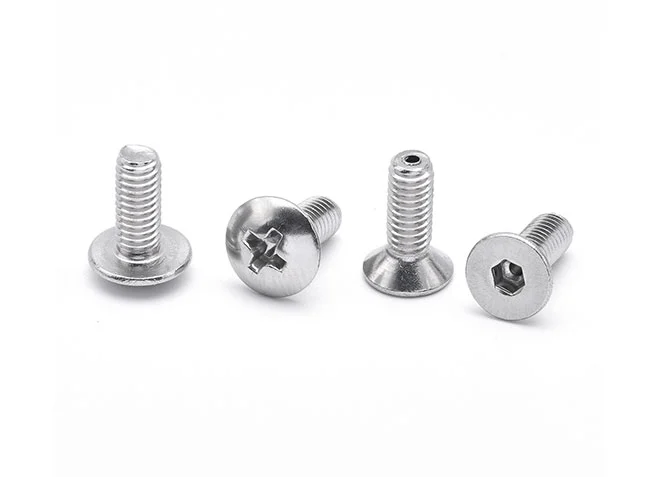 Machine Screws
Machine Screws
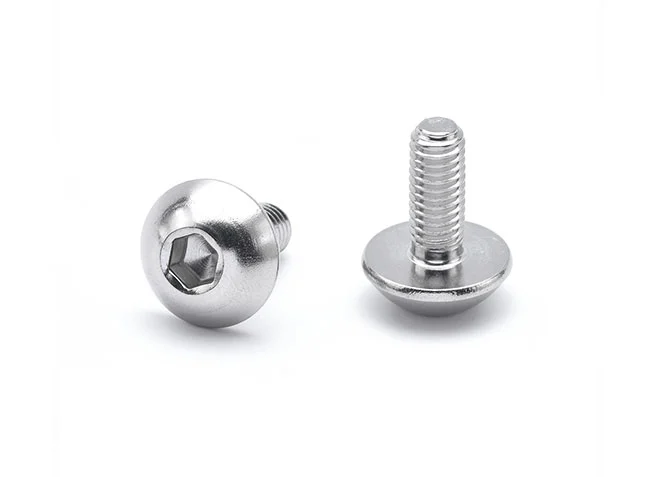 Socket Cap Screws
Socket Cap Screws
 Hexagon Socket Set Screws
Hexagon Socket Set Screws
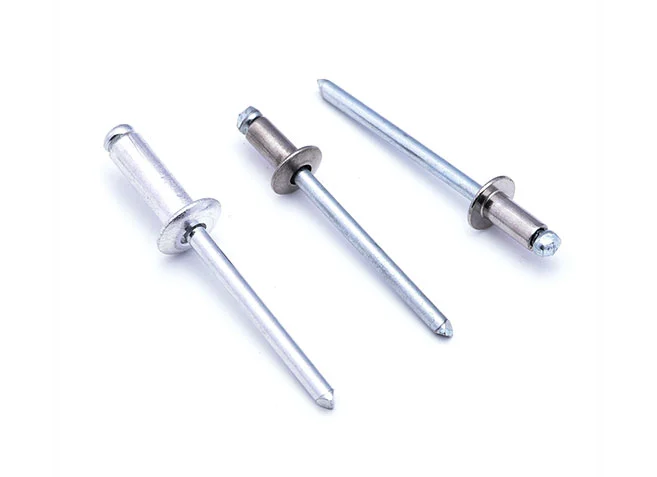 Pull Out Rivet
Pull Out Rivet
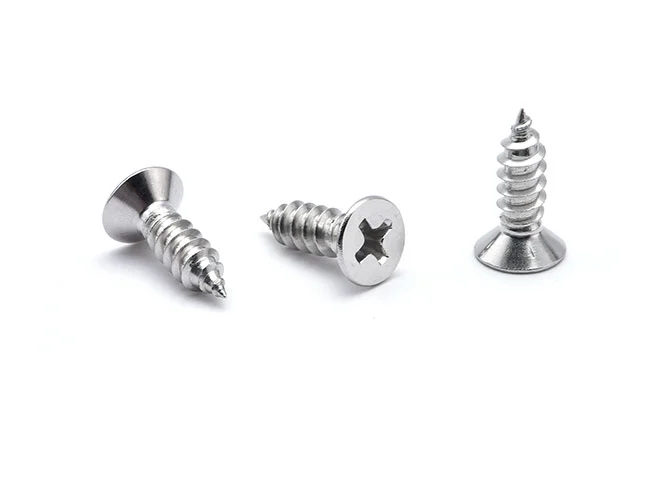 Self Tapping Screws
Self Tapping Screws
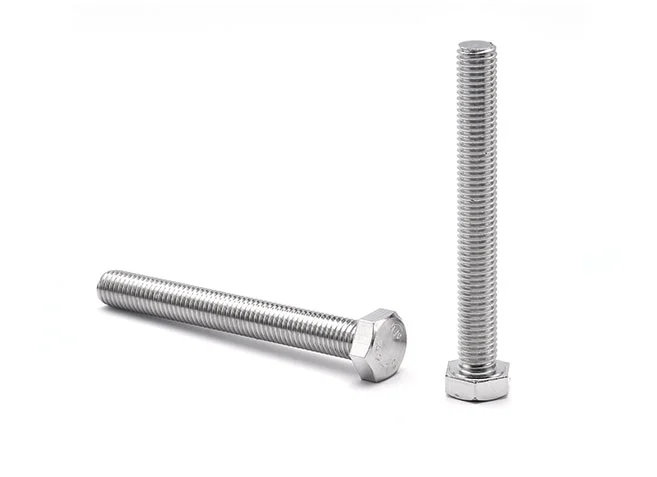 Hex Bolts
Hex Bolts
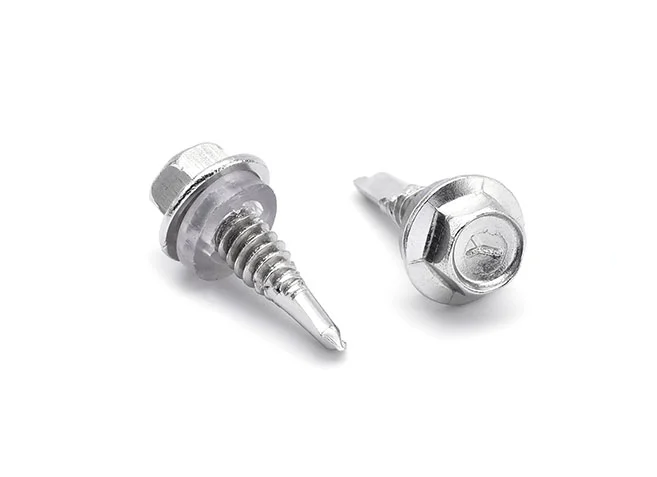 Self Drilling Screws
Self Drilling Screws
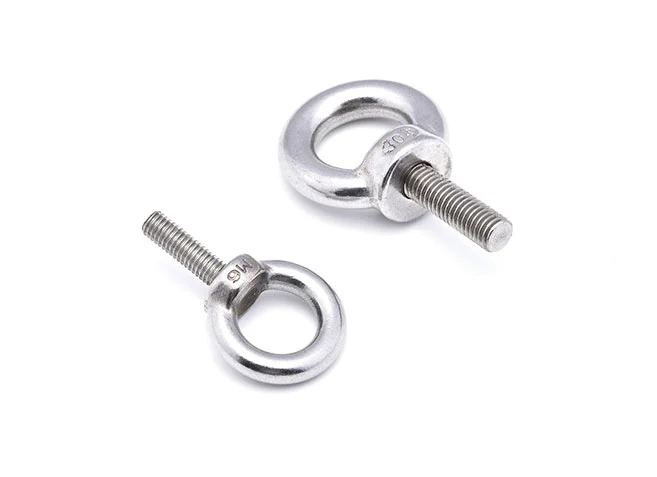 Eye Bolts
Eye Bolts
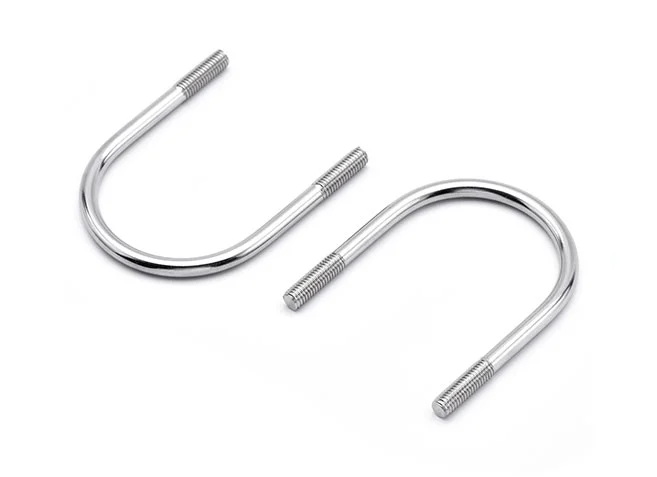 U-bolts
U-bolts
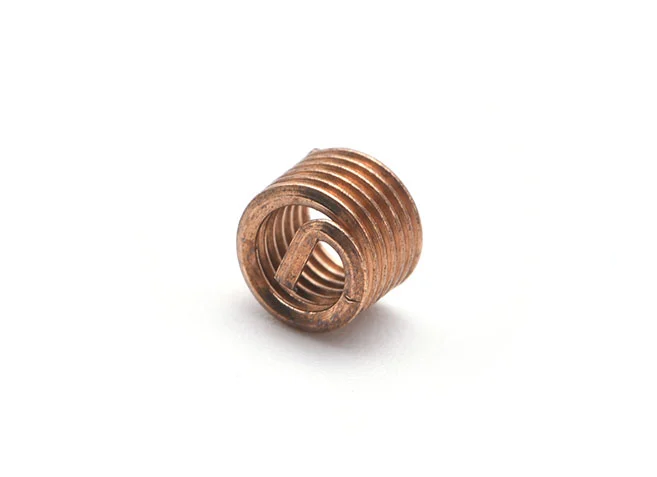 Threaded Sheath
Threaded Sheath
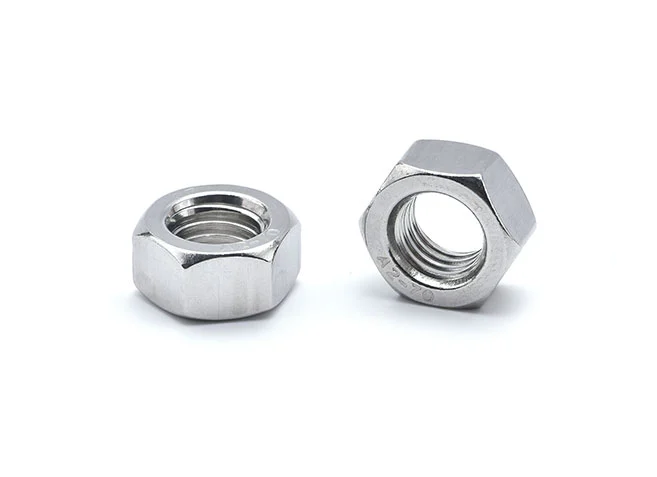 Hex Nut
Hex Nut
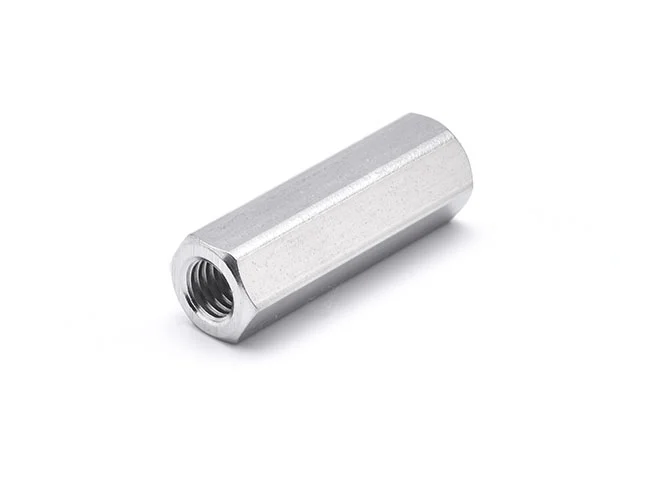 Hex Long Nut
Hex Long Nut
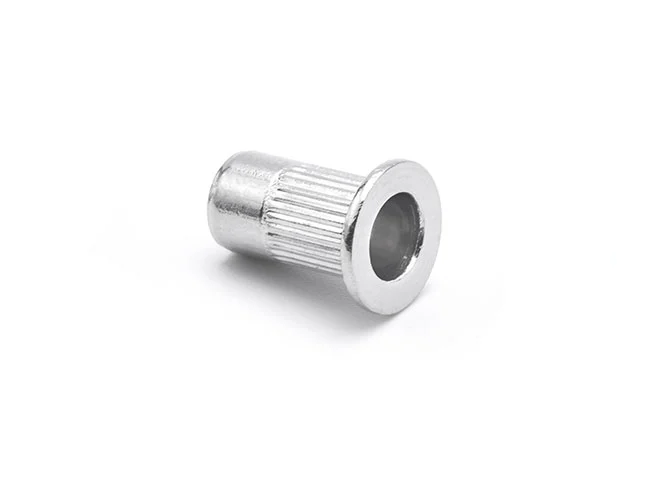 Pull Rivet Nut
Pull Rivet Nut
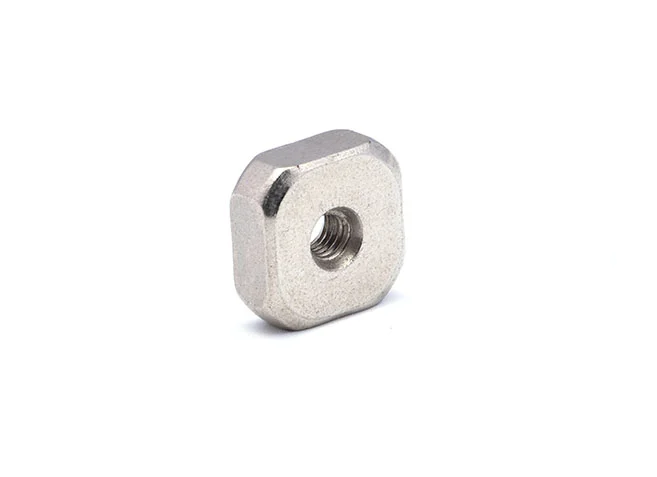 Square Nuts
Square Nuts
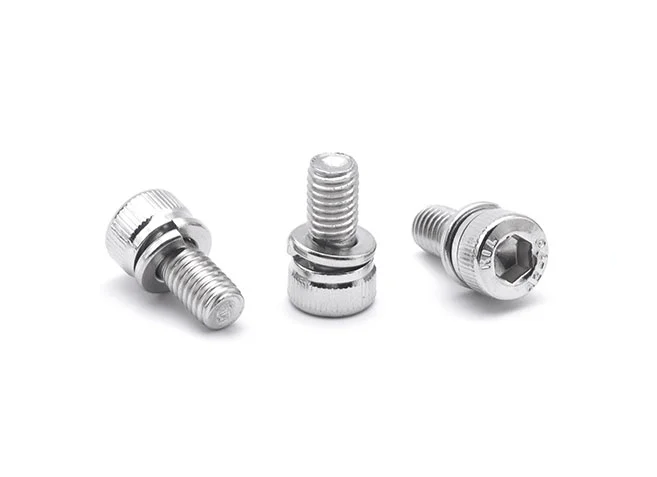 Combination Screws
Combination Screws
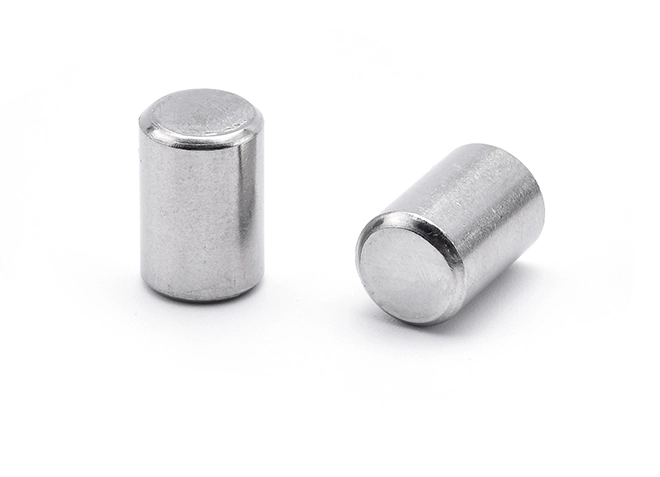 Pin
Pin
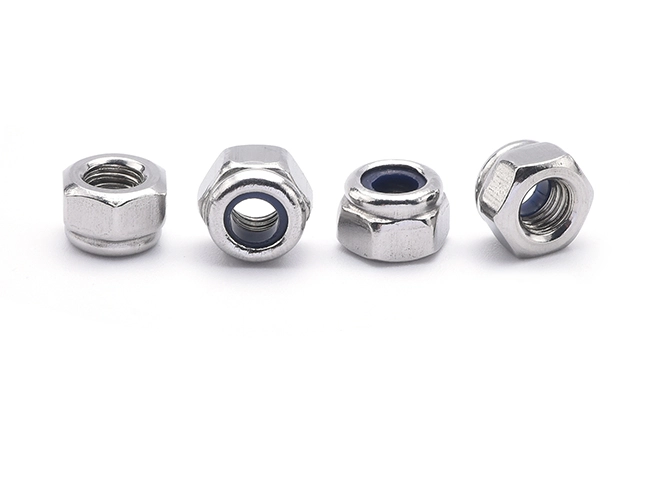 Nylon Locking Nuts
Nylon Locking Nuts
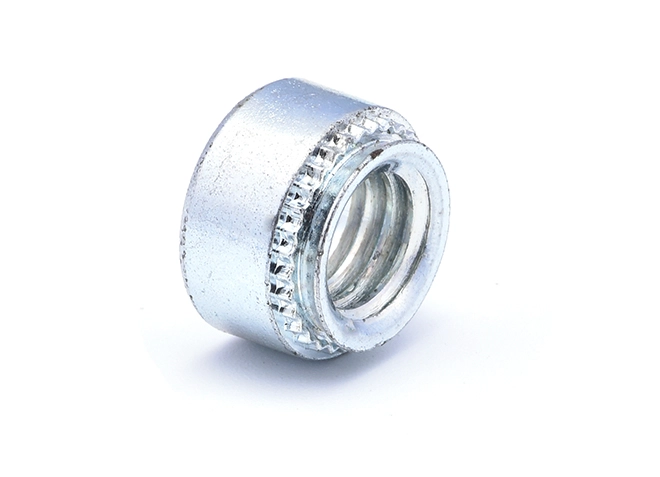 Pressure Rivet Nuts
Pressure Rivet Nuts
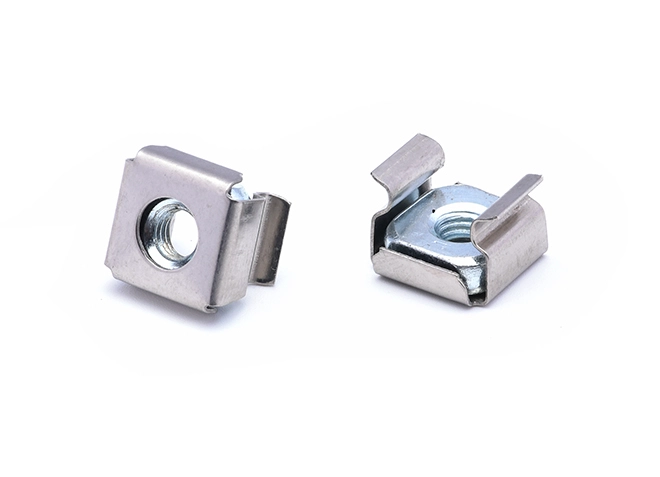 Cage Nut
Cage Nut
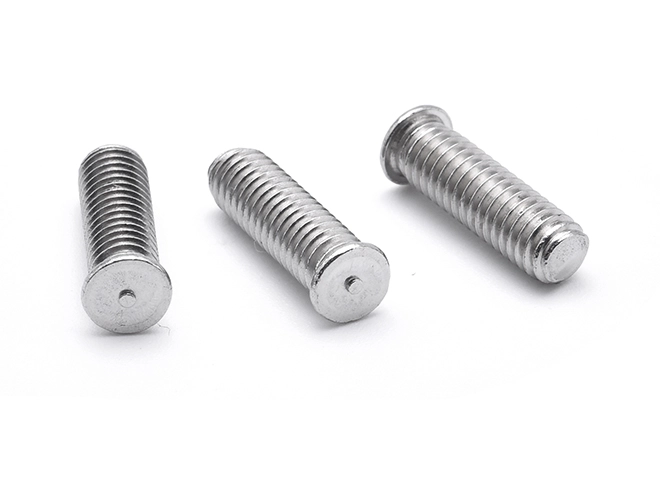 Welding Screws
Welding Screws
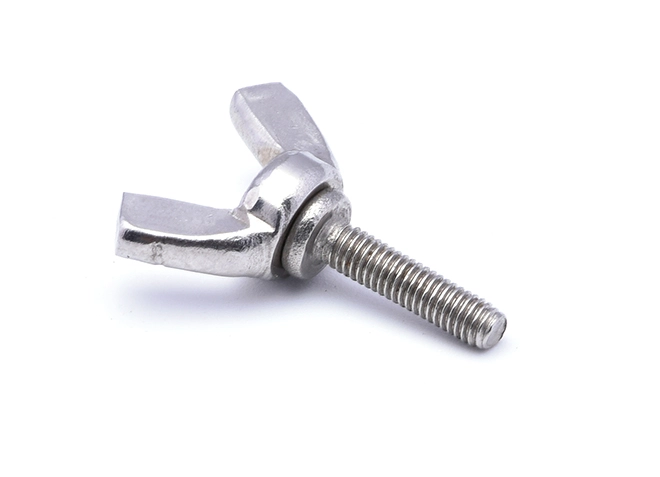 Butterfly Screw
Butterfly Screw
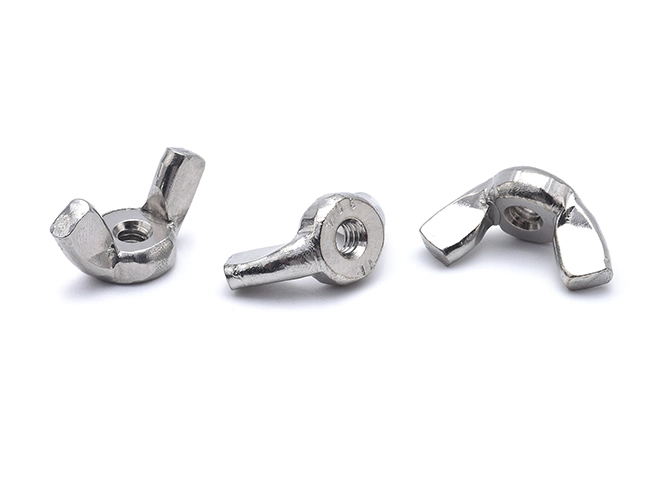 American Standard Butterfly Nut
American Standard Butterfly Nut
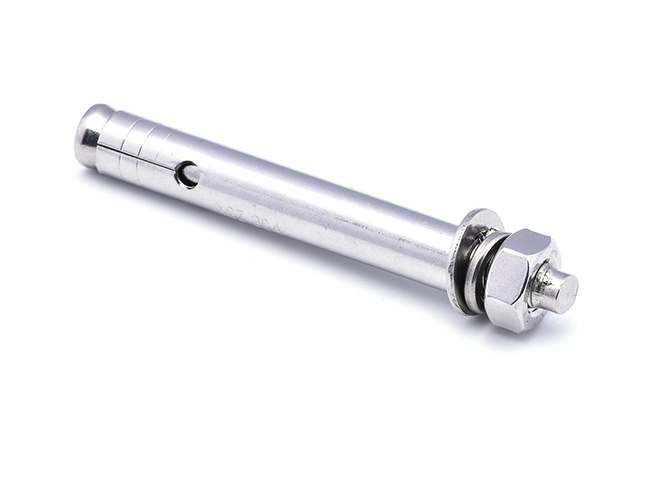 Expansion Screw
Expansion Screw
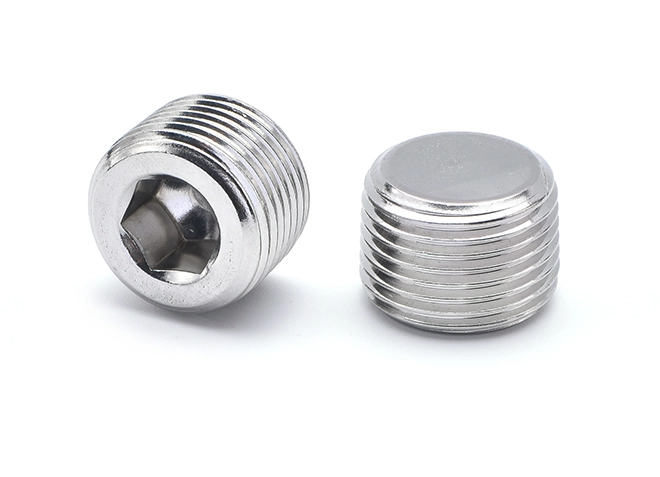 Plug Screw
Plug Screw
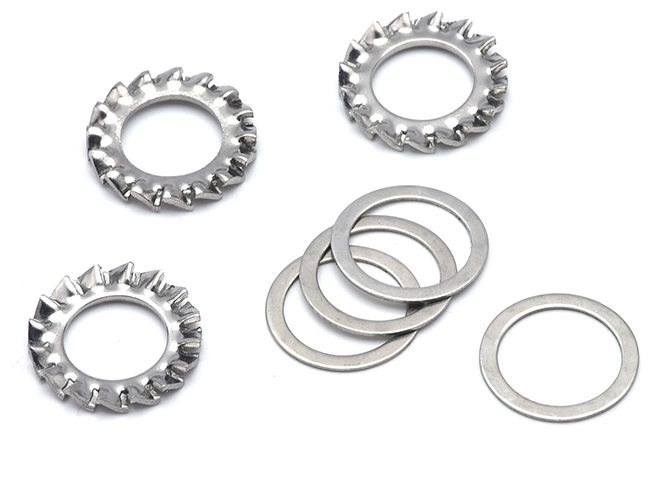 Stainless Steel Washer
Stainless Steel Washer
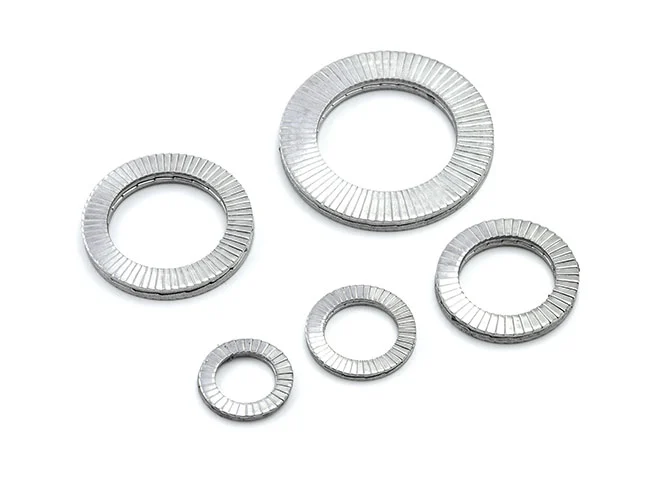 Double Overlap Anti-Loosening Washers
Double Overlap Anti-Loosening Washers
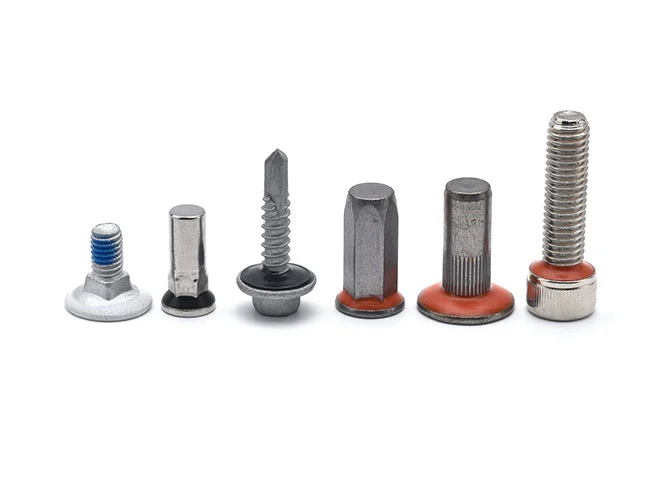 Waterproof and Anti-Drop Screws
Waterproof and Anti-Drop Screws
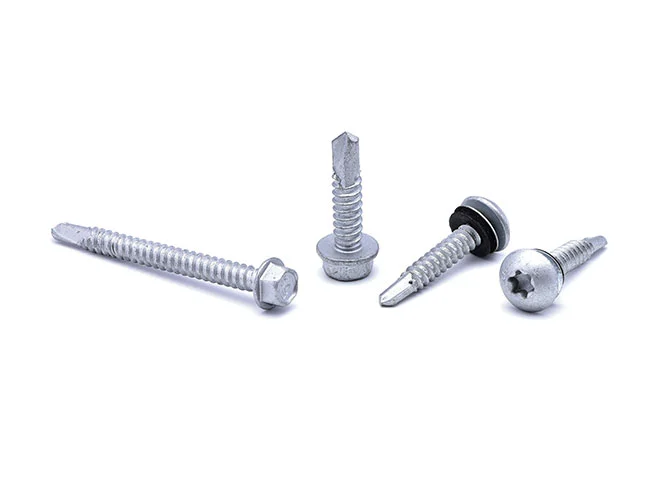 Super Corrosion-Resistant Screws
Super Corrosion-Resistant Screws
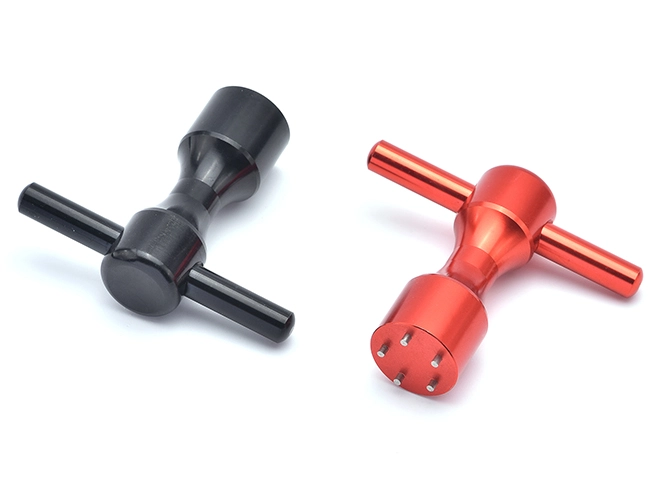 New Type Switchgear
New Type Switchgear
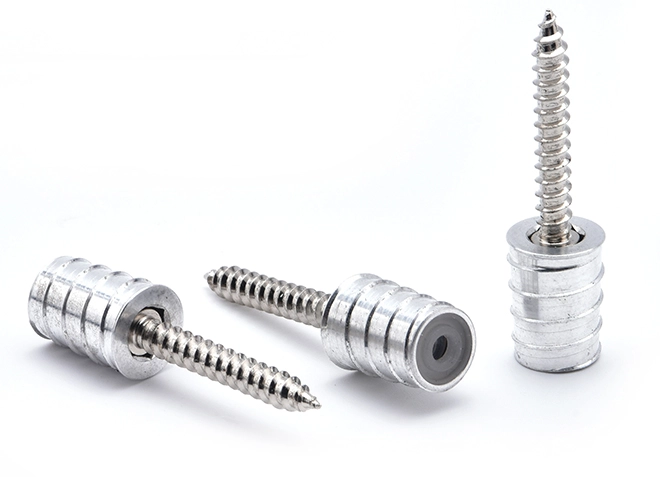 Anti-loose Easy Disassembly Nut Pillar (New Furniture Connector)
Anti-loose Easy Disassembly Nut Pillar (New Furniture Connector)
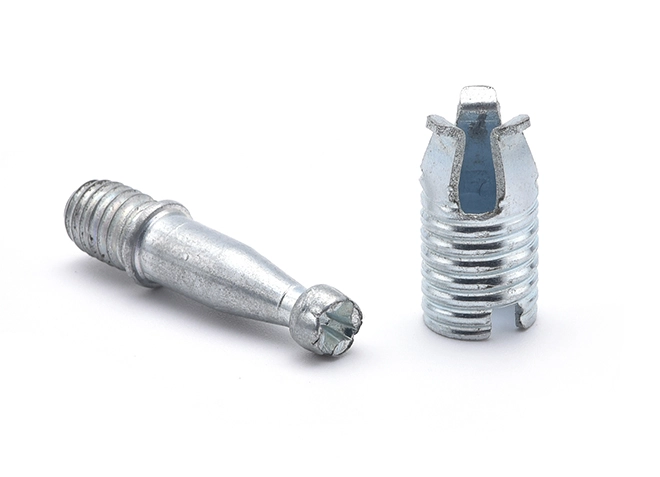 Furniture Simple Assembly and Disassembly Connector
Furniture Simple Assembly and Disassembly Connector
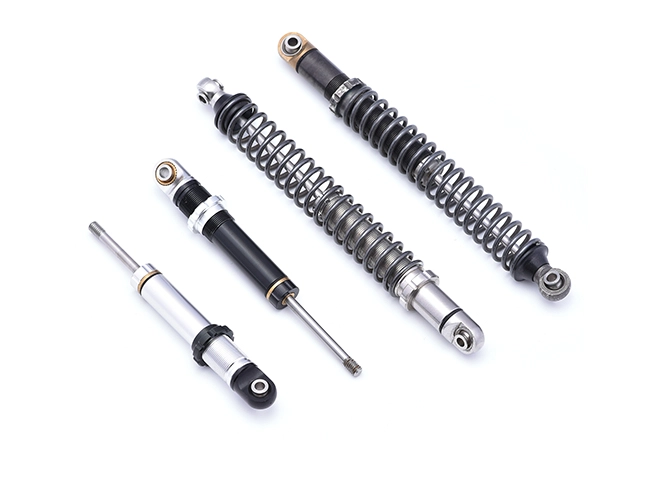 Micro Vibration Absorber
Micro Vibration Absorber
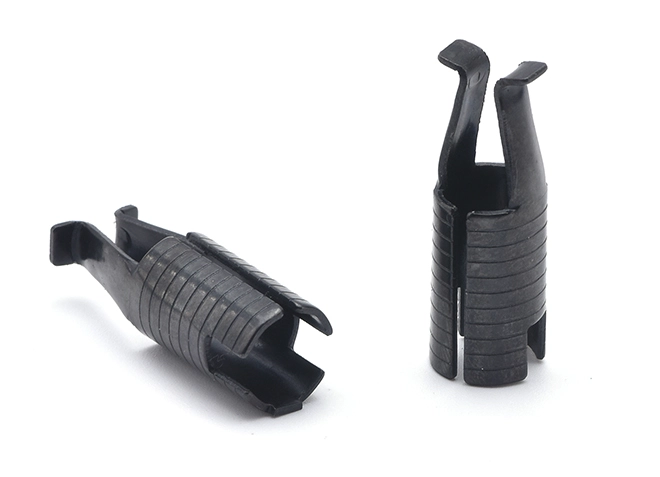 65Mn Material Furniture Connector
65Mn Material Furniture Connector
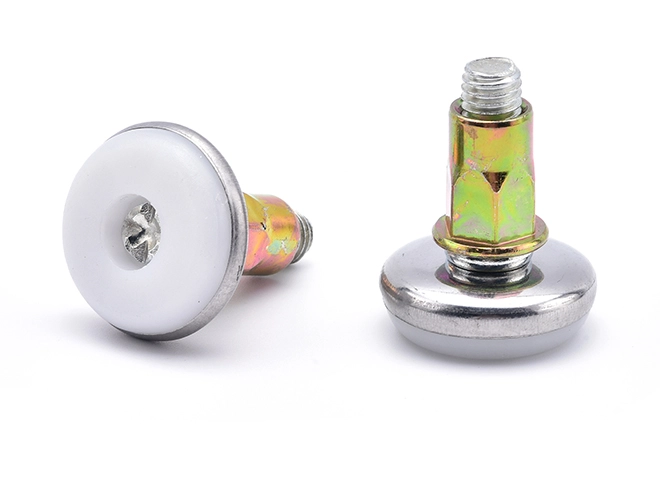 Counter Table Base
Counter Table Base
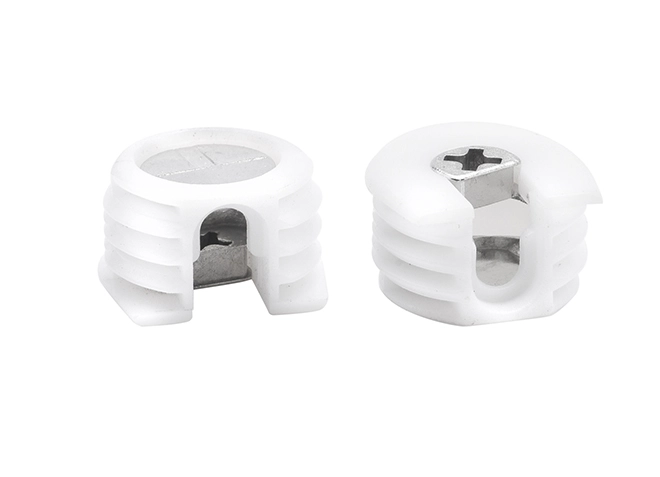 Furniture Connector Nut with Plastic Sleeve
Furniture Connector Nut with Plastic Sleeve
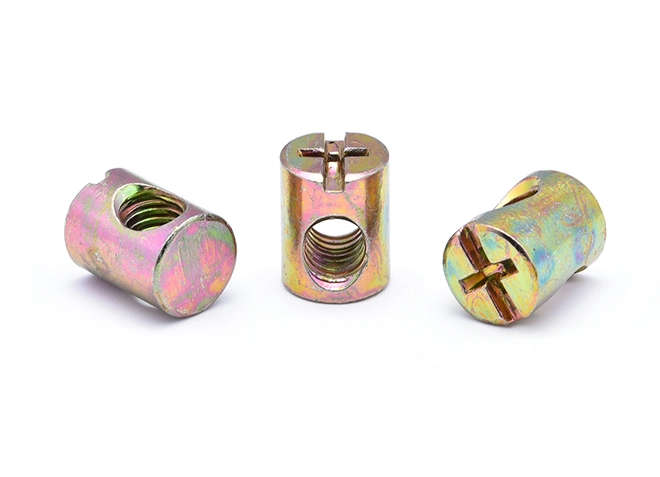 Furniture Horizontal Hole Nut
Furniture Horizontal Hole Nut
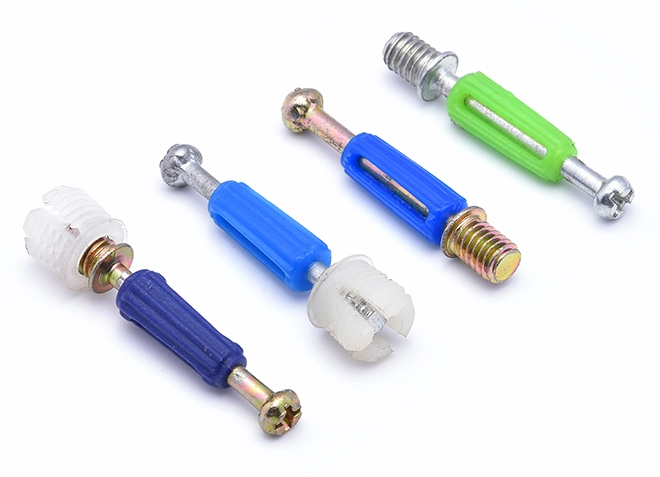 Furniture Connecting Screw
Furniture Connecting Screw
 Furniture Connecting Nut Seat
Furniture Connecting Nut Seat
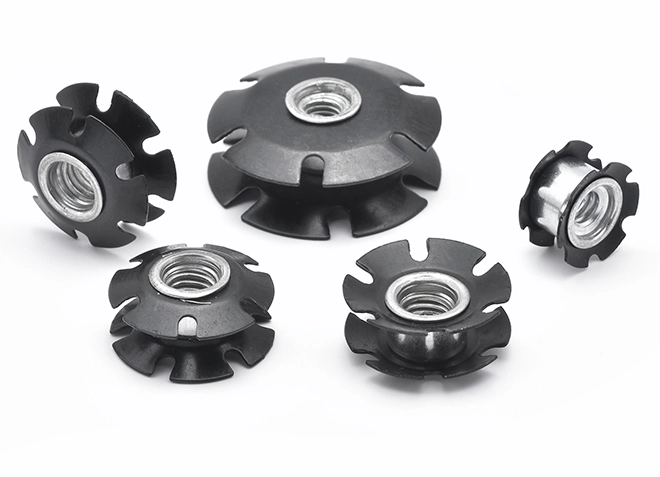 Double Stack Wheels Used On Furniture
Double Stack Wheels Used On Furniture
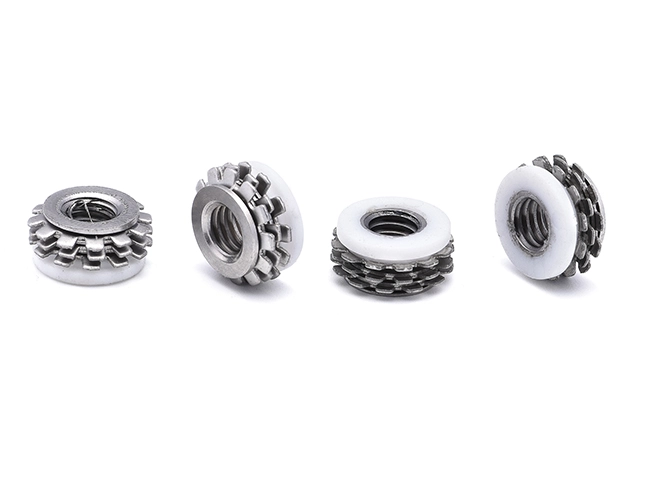 Components Used On Furniture
Components Used On Furniture
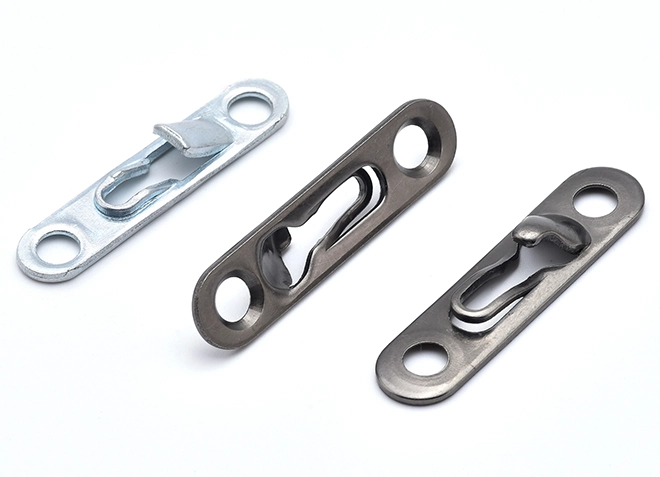 Connection Buckle
Connection Buckle
 Internal Hexagonal Spiral Screw
Internal Hexagonal Spiral Screw
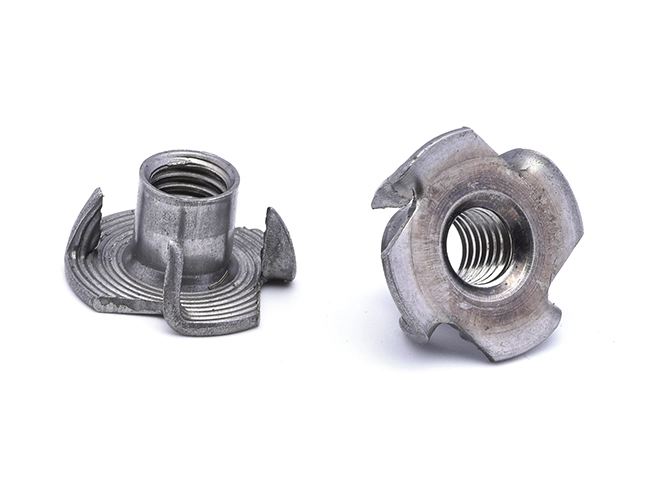 Iron Colored Carbon Steel Four Claw Nut
Iron Colored Carbon Steel Four Claw Nut
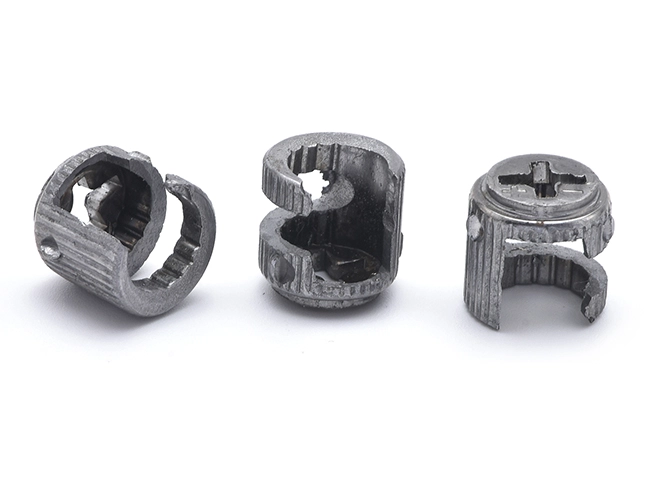 Iron Furniture Three Combination Nut Seat
Iron Furniture Three Combination Nut Seat
 Iron and Zinc Alloy Furniture Three Combination Nut Seat
Iron and Zinc Alloy Furniture Three Combination Nut Seat
 Dowel Pin+ Gray Elephant Rubber Sleeve
Dowel Pin+ Gray Elephant Rubber Sleeve
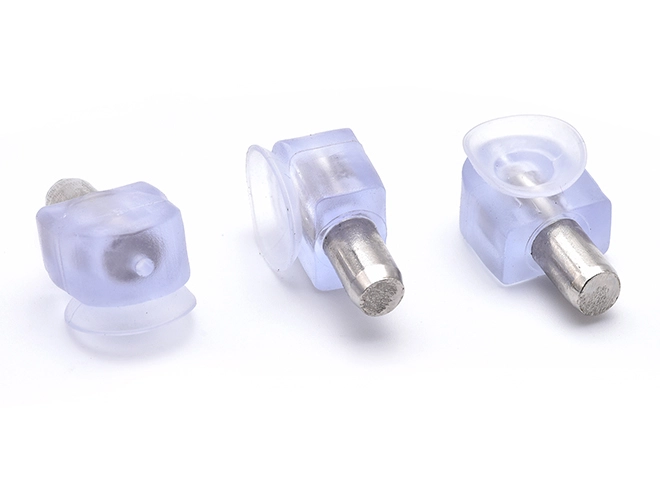 Dowel Pin+ Transparent Elephant Rubber Sleeve
Dowel Pin+ Transparent Elephant Rubber Sleeve
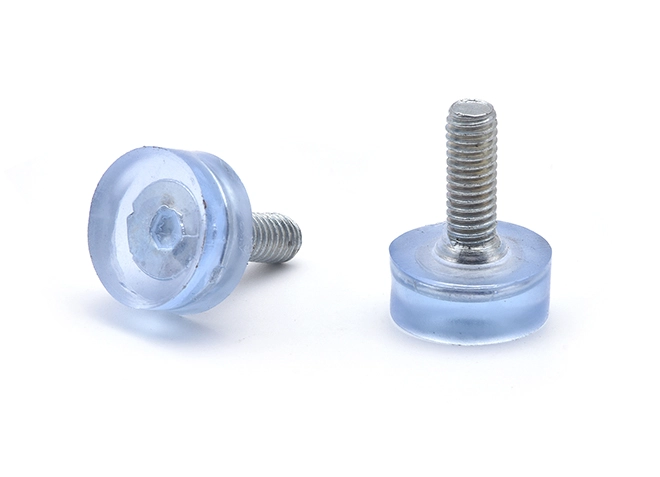 Injection Molded Furniture Foot Pad Screw
Injection Molded Furniture Foot Pad Screw
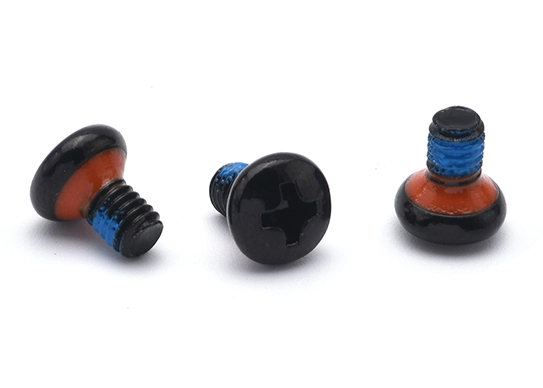


An anti-loose waterproof screw is a specialized fastener engineered to resist loosening and prevent water infiltration in various applications, particularly in environments where moisture exposure is a concern. The waterproofing aspect is achieved through rubber gaskets, O-rings, or sealants applied to the screw threads or under the screw head, creating a tight seal that prevents water from seeping into the joint or material being fastened. Anti-loose waterproof screws find applications in outdoor construction, marine, automotive, and other industries where maintaining a secure and watertight connection is essential for durability and reliability.
Advanced Coatings and Materials: Future innovations in anti-loose waterproof screws are likely to focus on the development of more advanced coatings and materials. This includes the use of nanotechnology to create ultra-thin, highly effective corrosion-resistant coatings that enhance waterproofing and longevity. Advanced materials, such as high-performance polymers or composites, may also be employed to improve the strength and flexibility of these screws.
Enhanced Anti-loose Mechanisms: New designs will likely feature more sophisticated anti-loose mechanisms. Innovations may include integrated locking systems that provide better resistance to vibrations and dynamic forces. For instance, self-locking threads or built-in nylon inserts could become more prevalent, offering superior grip and preventing unintentional loosening in various applications.
Improved Manufacturing Techniques: Advances in manufacturing technology, such as additive manufacturing (3D printing) and precision machining, will enhance the production of waterproof screws. These techniques will enable the creation of complex designs and high-precision threads, improving the overall performance and functionality of the screws.
Integration with Other Fasteners: There may be an increase in the development of hybrid fastening systems that combine anti-loose waterproof screws with other types of fasteners. This integration could optimize performance in applications requiring multiple types of fastening solutions, improving assembly efficiency and security.
arron18129983931@gmail.com
arron18129983931@gmail.com
arron18129983931@gmail.com


